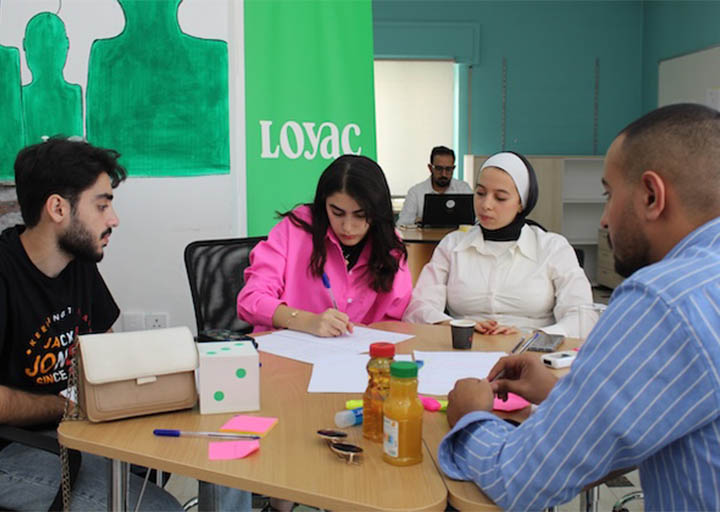Its Very Tough: Turning Youth Employment Dreams Into Reality

SKOPJE, North Macedonia, Dec 24 (IPS) - It’s a bright winter day in Skopje, the capital of North Macedonia in the southern Balkans. By lunchtime, the cafes are full. The atmosphere is busy and social, and it is not difficult to see why the city, home to one-third of the country’s population of 2 million, is the focus of hope for young jobseekers. But, for many, it is not an easy road.
“It’s very tough to get employment. Young people here are waiting up to 18 months to find their first job,” 28-year-old Aleksandra Filipova told IPS. “But I am hopeful for the future,” she added. Filipova understands the challenges her generation faces and is determined to make hope a reality through her work with the National Youth Council of Macedonia, where she is Program Manager.
Last year, the global youth unemployment rate of 13 percent marked a significant decline in 15 years, reports the International Labour Organization (ILO). But the situation varies widely across regions. Large youth populations, uneven post-COVID-19 economic recovery, the Ukraine war and energy crisis, structural labour market issues, and socio-cultural expectations have contributed to above-average unemployment rates in parts of the Balkans, Middle East, and North Africa (MENA).




